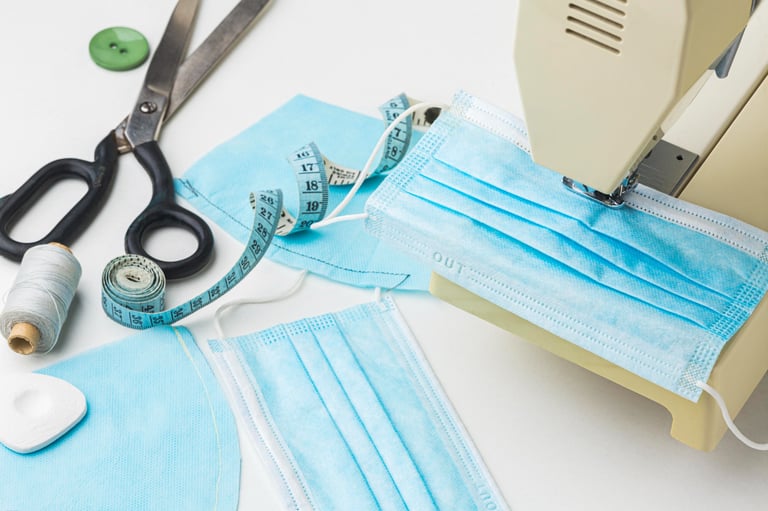Elevating the Medical Textiles Industry to new Heights with Advanced Nanotechnology
Explore the transformative power of advanced nanotechnology in our blog, "Elevating the Medical Textiles Industry to New Heights with Advanced Nanotechnology." Discover how nanotechnology is revolutionizing the healthcare sector, enhancing patient care, and creating innovative medical textiles that are changing the game in infection control, drug delivery, comfort, and durability.
TEXTILEMEDICAL
Dr. Yashla Ateeq
10/31/20232 min read


The world of textiles is on the cusp of a revolution, one that holds great promise for the healthcare industry. Advanced nanotechnology is revolutionizing the medical textile industry by providing previously unheard-of opportunities for creativity and advancement in patient comfort, safety, and care. In this blog, we'll look at how nanotechnology is transforming the medical textile market and paving the way for a more comfortable and healthy future for patients and medical personnel.
Nanotechnology: The Tiny Powerhouse
Nanotechnology is the science, engineering, and application of materials and devices at the nanoscale, typically ranging from 1 to 100 nanometers. The diameter of a human hair is roughly 80,000 nanometers, to put this into perspective. At the nanoscale, the properties of materials can change dramatically, opening up a world of possibilities for various industries, including textiles.
The Evolution of Medical Textiles
Medical textiles have come a long way from traditional cotton gowns and bandages. They now encompass a wide range of innovative products designed to enhance patient care and safety. Wound dressings, surgical gowns, face masks, and even textiles with sensors for ongoing patient monitoring are examples of these textiles.
Nanotechnology in Medical Textiles
Infection Control
One of the most critical aspects of medical textiles is infection control. The creation of medicated fabrics is made possible by nanotechnology. Silver nanoparticles, for example, can be embedded into textile material to create surfaces that actively inhibit the growth of harmful microorganisms. These are especially crucial in the prevention of healthcare-associated infections.
Drug Delivery
Nanotechnology enables the controlled release of drugs and therapeutic agents from textiles. Wound dressings, for example, can be made to release medication gradually to encourage healing of the wound. This innovation enhances the effectiveness of treatment and reduces the need for frequent dressing changes.
Comfort and Durability
Nanotechnology also plays a role in improving the comfort and durability of medical textiles. Fabrics can be engineered at the nanoscale to be softer, more breathable, and longer-lasting, making them more comfortable for patients and more cost-effective for healthcare facilities.
Smartie Textiles
Nanotechnology makes it easier to integrate sensors and electronics, which opens the door to smartie fabrics. Nanotechnology facilitates the integration of sensors and electronics into textiles, creating smartie textiles. These textiles can monitor vital signs, detect falls, or administer medication. They provide real-time data that can be invaluable for patients and healthcare providers.
The Future of Medical Textiles
The applications of nanotechnology in medical textiles are continually evolving, and the future holds even more promise. Researchers are exploring new materials and manufacturing techniques to enhance the performance of these textiles. From self-cleaning fabrics that repel contaminants to textiles with built-in thermal regulation, the possibilities are vast.
Advanced nanotechnology is a game-changer in the medical textile industry. It will be inclined to improve patient care, reduce healthcare-associated infections, and enhance the overall healthcare experience. As nanotechnology continues to employ, we can expect to see even more groundbreaking innovations that elevate the medical textiles industry to new heights, bringing better health and comfort to patients worldwide.
